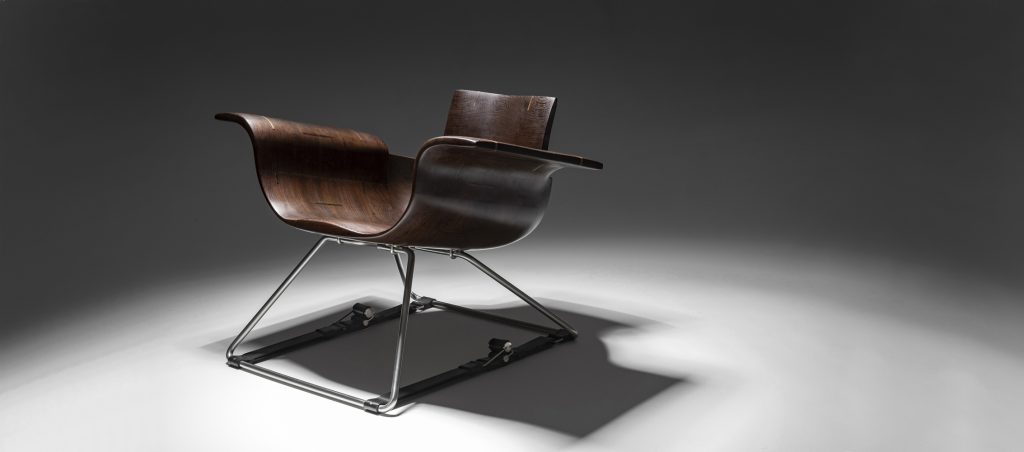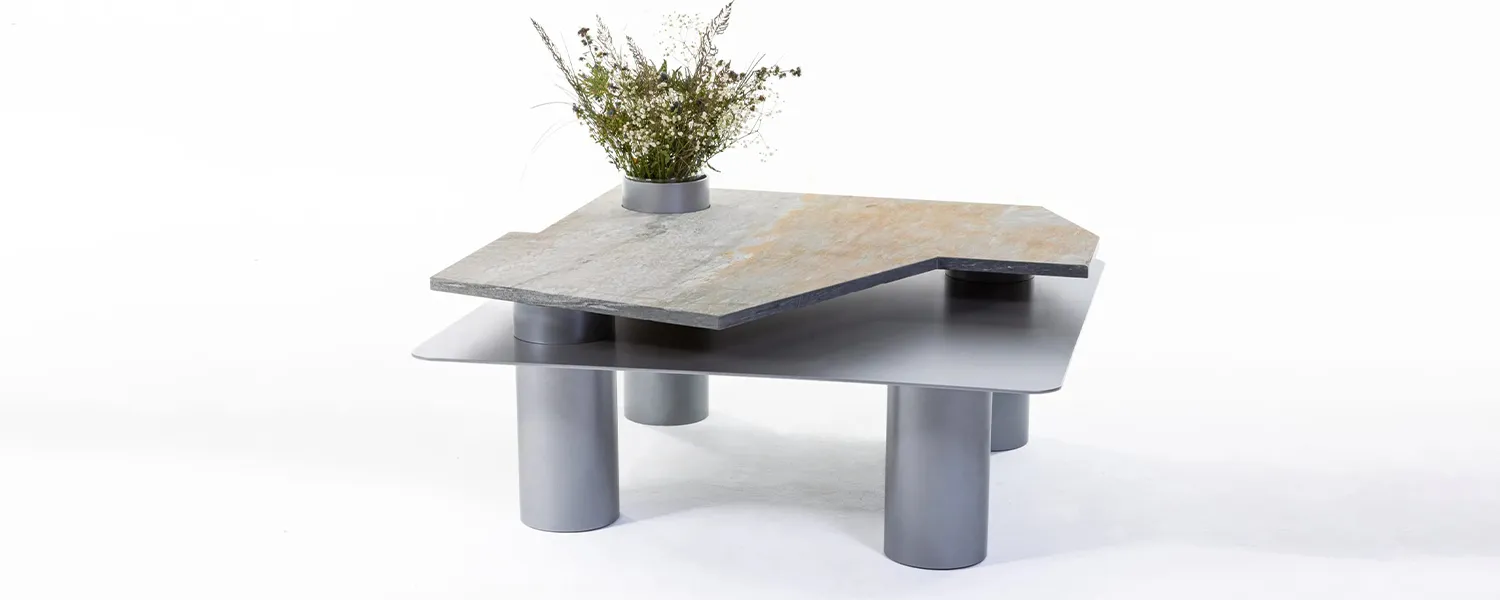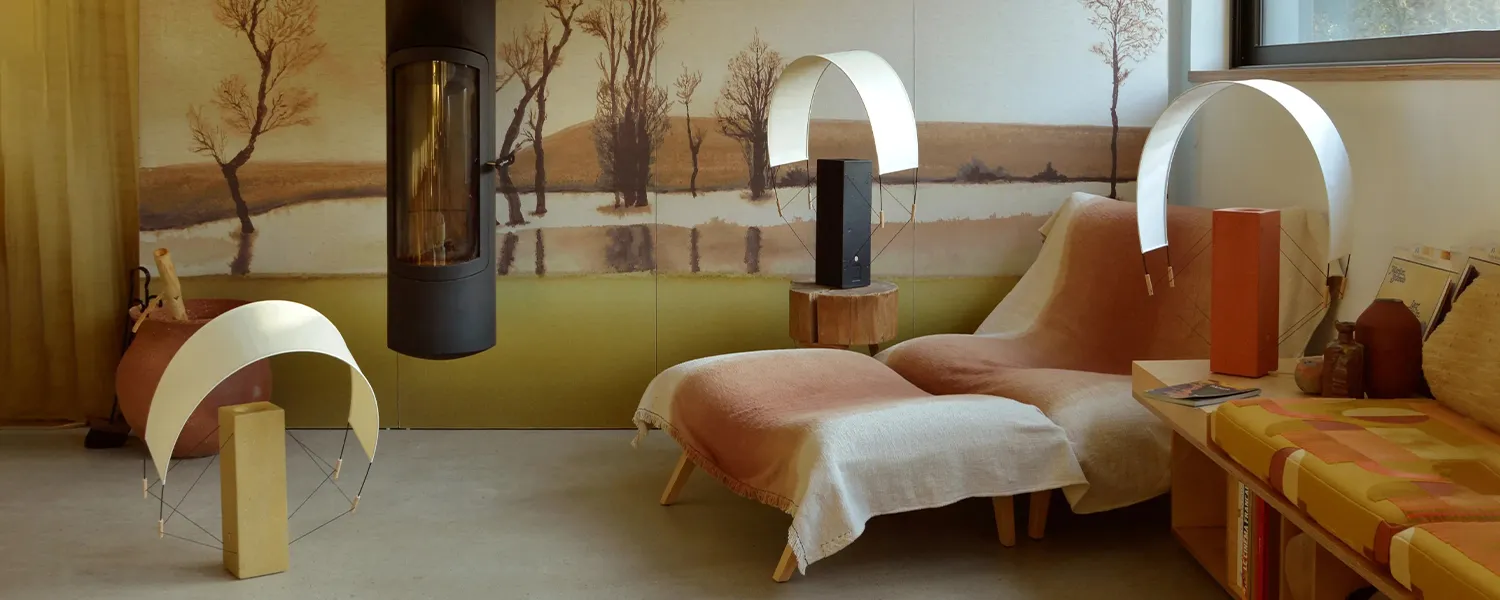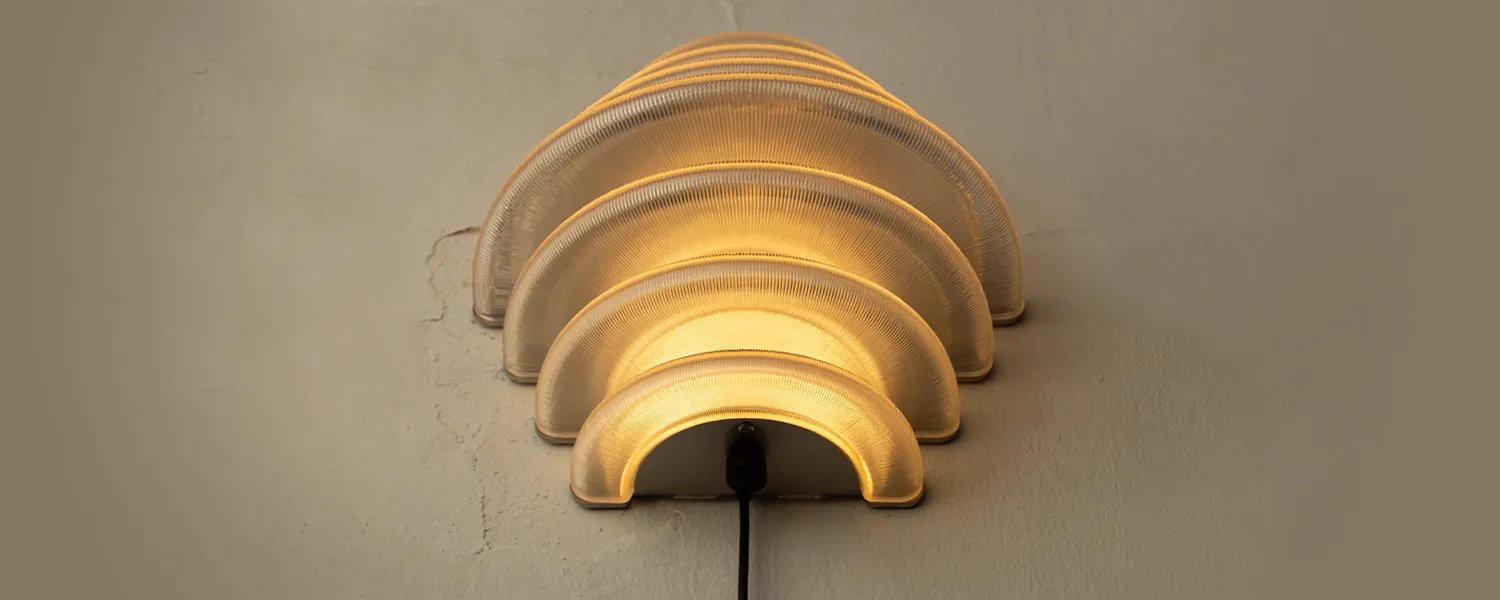
The Human Touch: Why Artisanal Techniques Still Matter
In a world where design increasingly exists on screens and in the cloud, the role of the hand—the actual human touch—might seem like an artifact of the past. But despite the rise of digital tools, 3D modeling software, and AI-generated designs, there remains a strong undercurrent of designers who are keeping manual and artisanal techniques alive. These methods aren’t just nostalgic; they are integral to the creation of work that feels personal, tactile, and deeply connected to its creator.
The resurgence of handmade details in contemporary design reflects a growing desire for authenticity in a world often ruled by precision and perfection. While technology certainly speeds up production and expands creative possibilities, it’s the imperfections and idiosyncrasies introduced by manual processes that many designers and consumers find most compelling.






The Persistence of Artisanal Craft
Take, for example, hand-thrown pottery, blown glass or the intricate weaving of textiles. These aren’t just methods of the past but techniques that provide a distinctive texture and depth to objects that no algorithm could replicate. Notably, even in 2024, machines have yet to reproduce the complexity of crochet—a surprising fact given that early jacquard looms were the very foundation of computer coding. Many designers today are drawn to the very processes that take time and demand a physical presence—wood carving, hand-painting, fabric dyeing. The human touch is evident in the subtle irregularities and the warmth that these details bring to any space or product.
Even in fields dominated by digital tools, artisans are turning back to these age-old techniques. Their reasoning? Craftsmanship, by its nature, requires care, thought, and intention—qualities that inject life into designs. While technology can replicate forms and patterns, it often lacks the soulful imprint that emerges when a maker physically engages with the material.


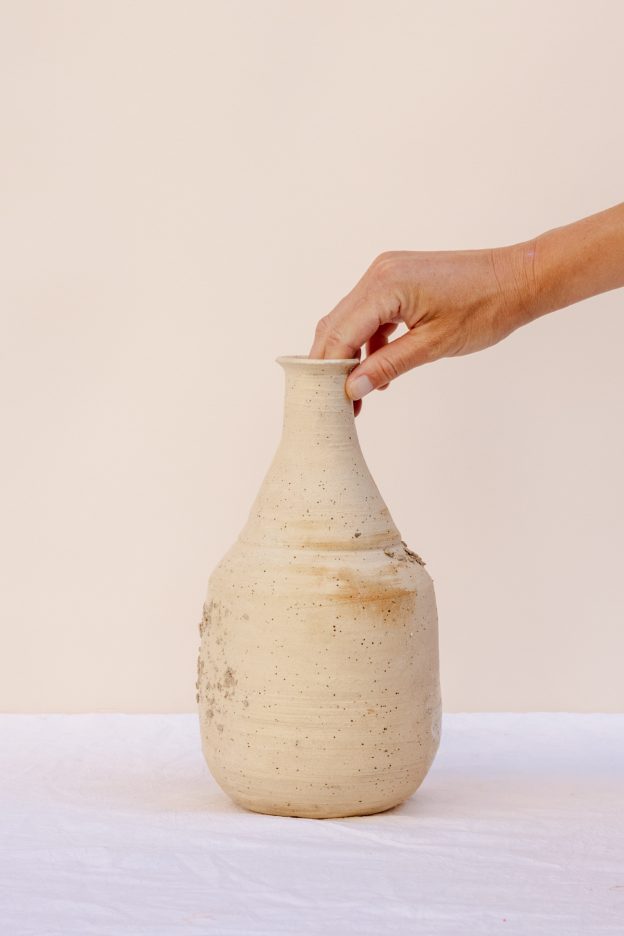

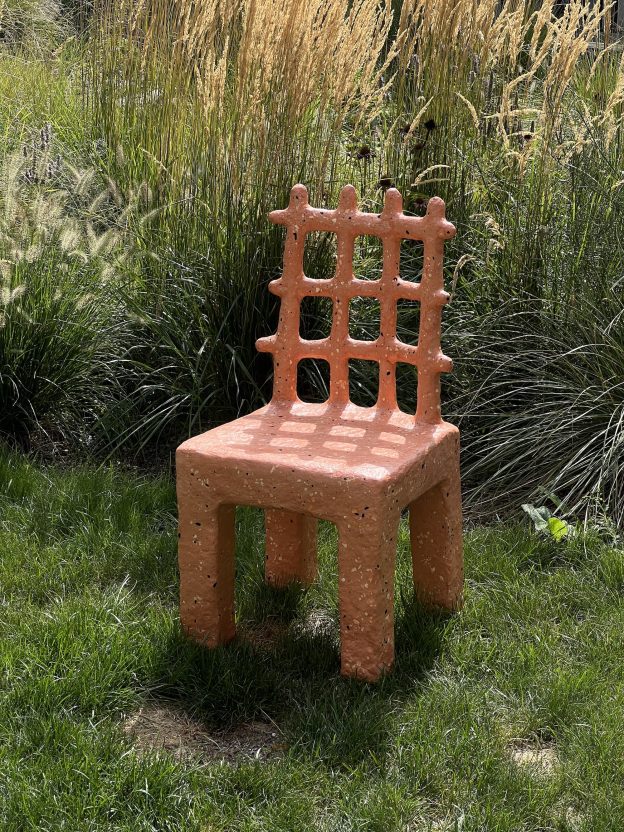



Blending Digital and Handcrafted
However, this isn’t to suggest a binary choice between digital and manual. The most innovative work often arises from the intersection of the two. Many designers today begin with a hand-drawn sketch, a carved prototype, or woven form before digitizing it for further refinement. Paul Coenen, for example, begins with paper models, where the bending and folding of paper mimic the eventual manipulation of metal, allowing for a hands-on exploration of form. Others use software not as a replacement but as an extension of their hands-on techniques—combining the precision of 3D modeling with the organic complexity of hand-applied finishes.




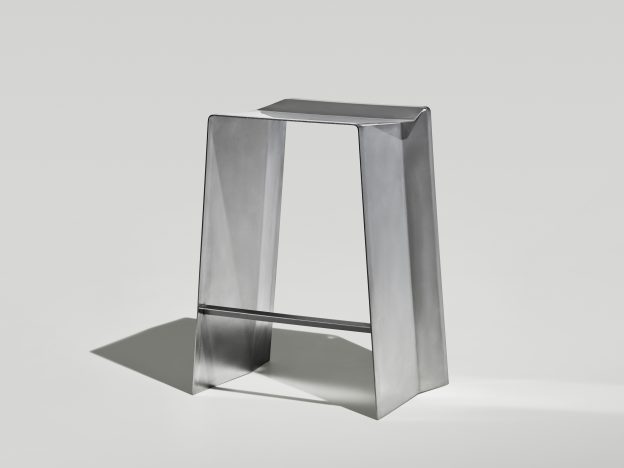







Artisanal Techniques in Mass Production
The need for mass production doesn’t erase the value of handmade influences. In fact, some of the most recognizable brands today are those that emphasize the artisanal nature of their products. While they may use industrial processes, they actively market the ‘crafted’ qualities of their items—whether it’s hand-finished details or materials sourced from traditional makers.
Take Hermès, for instance. While the brand operates on a global scale and incorporates advanced manufacturing, many of their signature bags are still painstakingly hand-stitched by skilled artisans. The brand actively markets this artisanal craftsmanship as a key component of its identity, with each bag taking hours to complete by skilled artisans. Indeed, this is what makes the bag particularly valuable, beyond it’s apparent status.
These pieces stand out precisely because they carry a tangible sense of the maker’s hand. It’s the slight inconsistencies, the evidence of hours spent shaping, carving, and perfecting that create a deeper sense of connection for the consumer. Artisanal techniques, even when paired with digital tools, continue to infuse products with a sense of life and individuality.


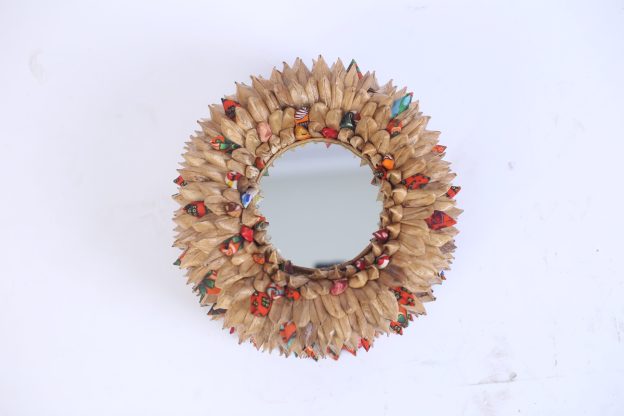

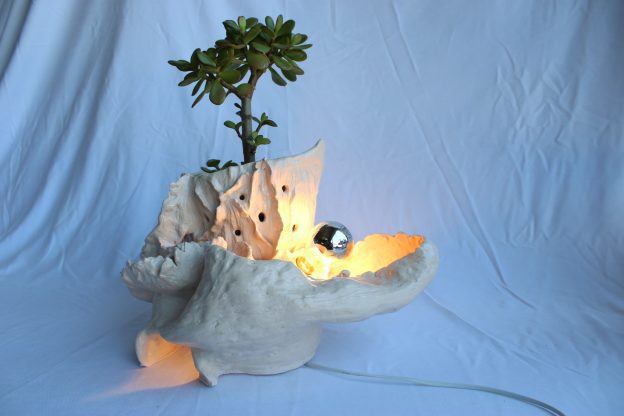

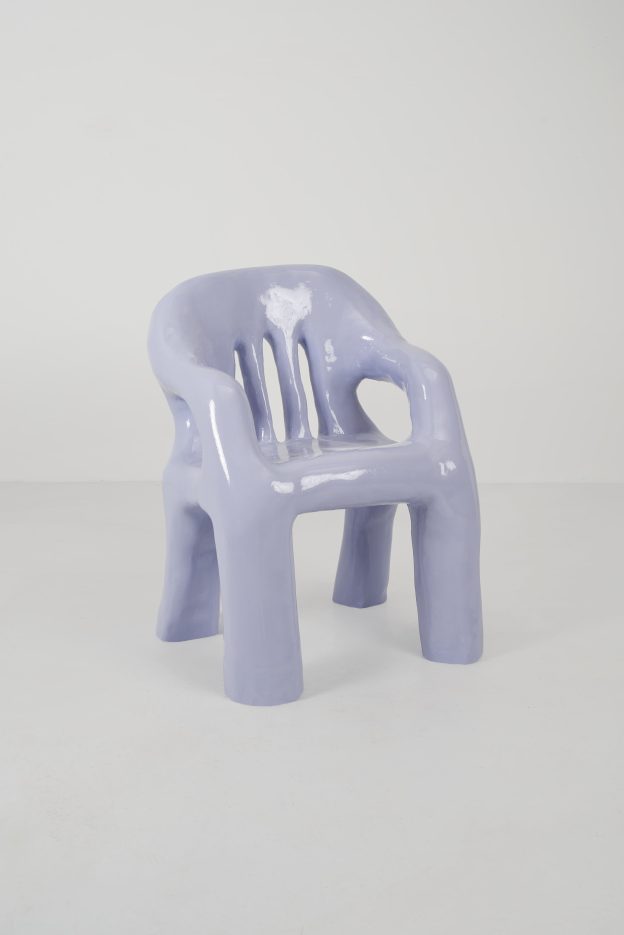

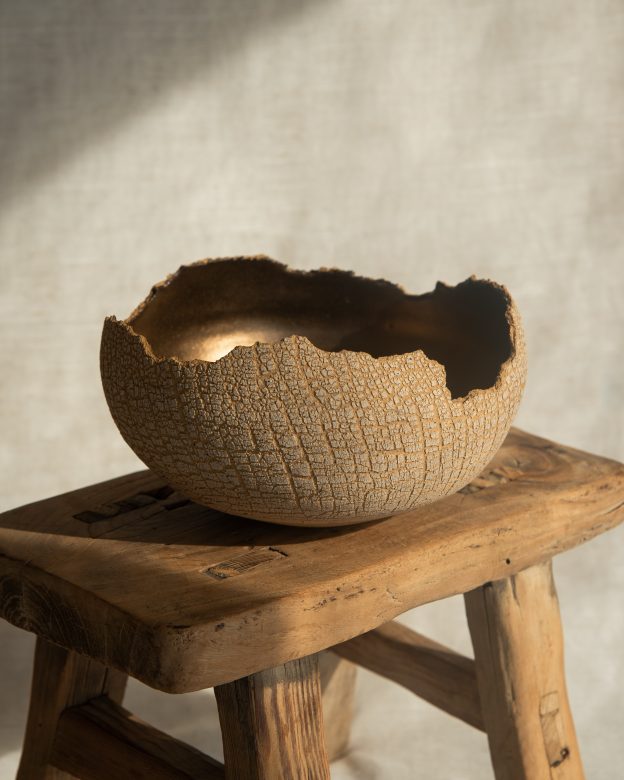



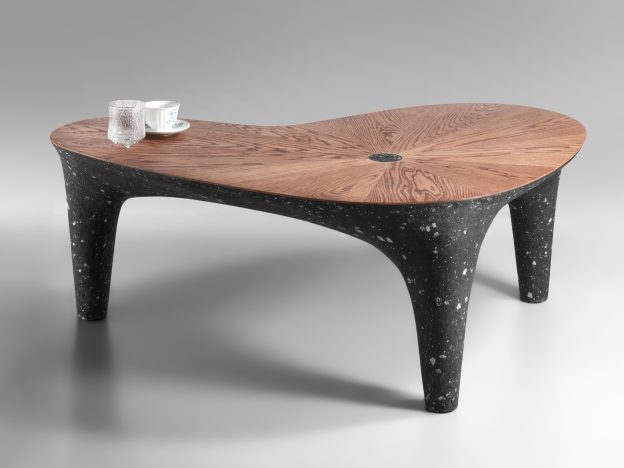

Final Thoughts
Fine craftsmanship has long symbolized luxury, from haute couture to bespoke furniture and high-end ceramics. Today, however, it plays a pivotal role in driving the industry’s shift toward ethical labor practices and more sustainable production methods in the luxury market.
While the future of design is undeniably intertwined with technology, the value of artisanal techniques continues to resonate. The current resurgence of designer-makers remind us that craftsmanship is not just a process—it’s a philosophy. The hand is more than an instrument; it is a bridge between thought and form, grounding the digital in the real. And as technology evolves, it seems that the human touch—nuanced, imperfect, and deeply personal—will remain an essential part of the design landscape.
-

 La Puerta – Wood and Plaster Dining Table€43.750 incl. tax
La Puerta – Wood and Plaster Dining Table€43.750 incl. tax -

 Abrigo Credenza – Handwoven Wood Cylinders/ Cotton Threads€22.750
Abrigo Credenza – Handwoven Wood Cylinders/ Cotton Threads€22.750 -

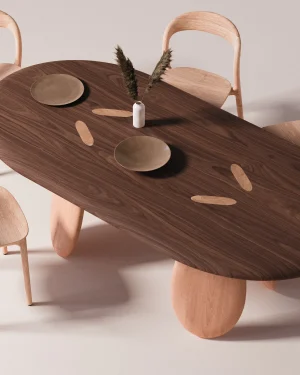 Hatch Dining Table€21.569
Hatch Dining Table€21.569 -

 Bolo – Handcrafted Mahogany Settee€19.375 incl. tax
Bolo – Handcrafted Mahogany Settee€19.375 incl. tax -

 Perfidia_01 Solid Wood & Casted Bronze Bar Cabinet€15.689 incl. tax
Perfidia_01 Solid Wood & Casted Bronze Bar Cabinet€15.689 incl. tax -

 “Siena” Table€15.000 incl. tax
“Siena” Table€15.000 incl. tax -

 Mine, Yours, Ours – Scuptural Shelf Handmade In Brazil€14.500
Mine, Yours, Ours – Scuptural Shelf Handmade In Brazil€14.500 -

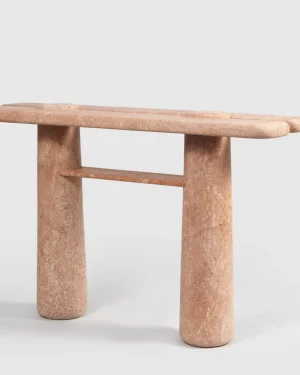 Mistral Travertine Console Table V2. Jude Edition€13.750 incl. tax
Mistral Travertine Console Table V2. Jude Edition€13.750 incl. tax -

 Bolo – Wood And Mohair Lounge Chair€13.125 incl. tax
Bolo – Wood And Mohair Lounge Chair€13.125 incl. tax -

 N2 – Cherry Wood & Gold Leaf Cloud Chandelier€10.300
N2 – Cherry Wood & Gold Leaf Cloud Chandelier€10.300 -

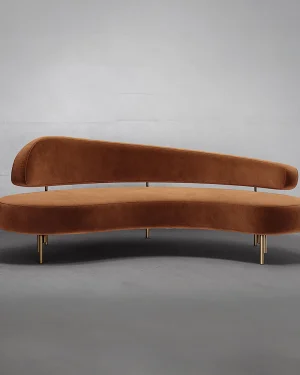 Sitiera_01 Velvet Upholstered 3-seater Sofa With Aged Bronze Legs€12.856 incl. tax
Sitiera_01 Velvet Upholstered 3-seater Sofa With Aged Bronze Legs€12.856 incl. tax -

 Aurum Gold Leaf Box – Horizontal€12.150 incl. tax
Aurum Gold Leaf Box – Horizontal€12.150 incl. tax -

 “quantum” Chair€11.500 incl. tax
“quantum” Chair€11.500 incl. tax -

 Mirror Perfumer – Handmade Bronze Wall Mirror€11.344 incl. tax
Mirror Perfumer – Handmade Bronze Wall Mirror€11.344 incl. tax -

 Practice Semi-open Credenza€11.125 incl. tax
Practice Semi-open Credenza€11.125 incl. tax -

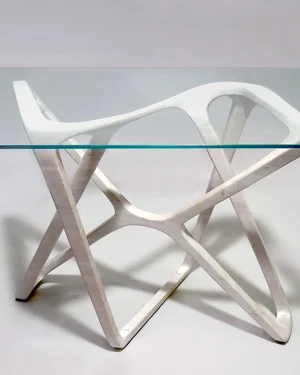 N2 – Cherry Wood & Glass Writing Desk€8.680
N2 – Cherry Wood & Glass Writing Desk€8.680
